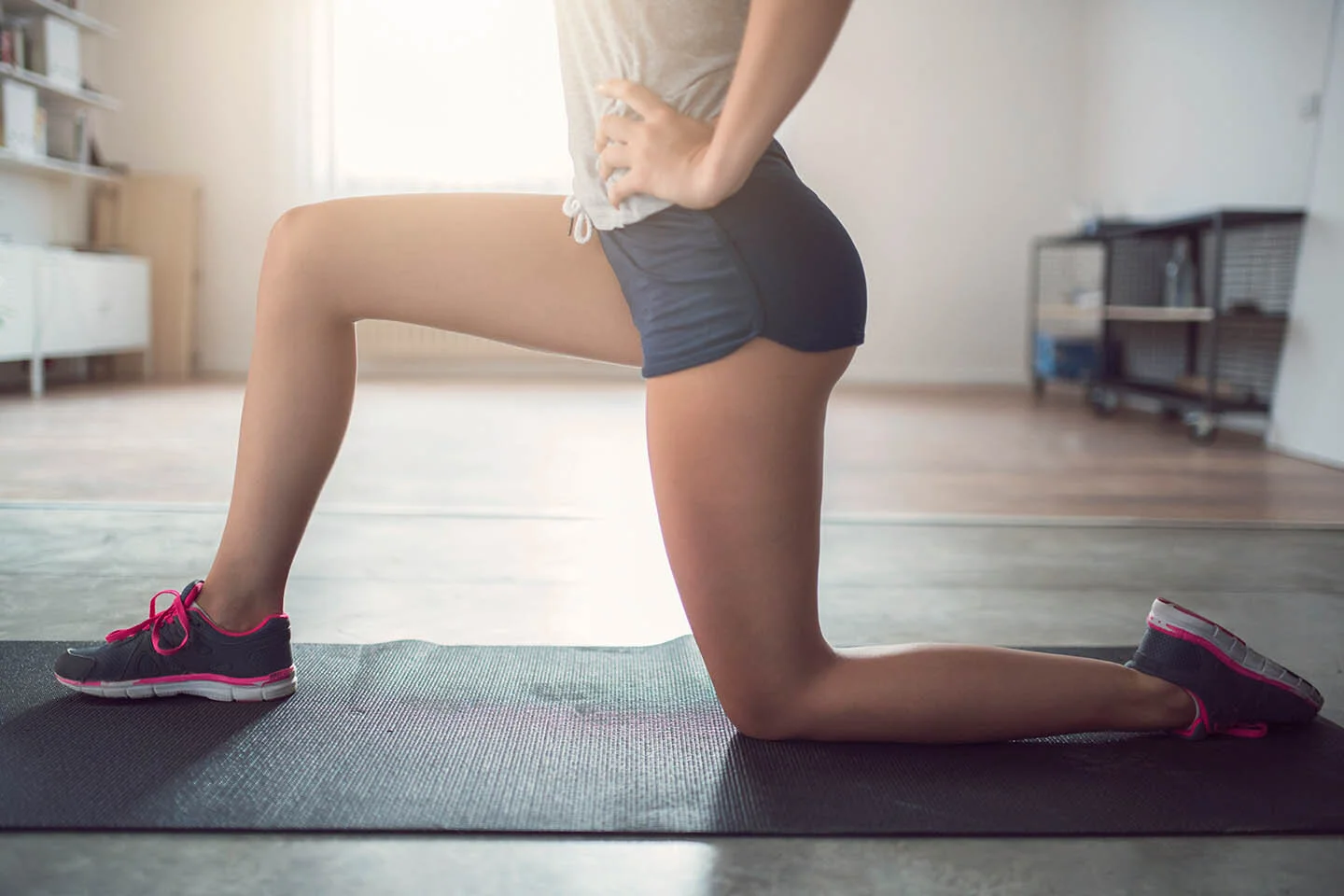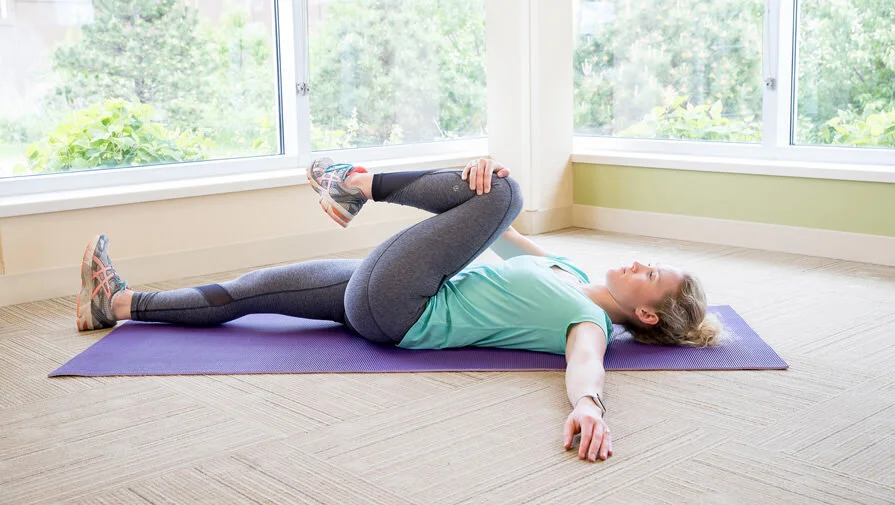Exercises for Hip Mobility
These hip mobility exercises will help you loosen up. But first, what is mobility and why is it important?
WHAT IS MOBILITY?
Mobility can be defined as usable ranges of motion. It’s a foundational component of athleticism and it is important to have adequate ranges of motion to maximize performance of movement.
The hips are connected to every part of the body, and when they're not moving well, there's a chain reaction of restriction. You can't squat easily, your hamstrings start to feel tight, you may start to compensate with certain movements when you walk which causes your back to start tightening up—and it can go on and on. Stiffness, restrictions, and in some cases, pain are signs that mobility may be compromised.
Improving hip mobility can decrease the strain on other parts of your body such as your low back and knees, making walking, stair climbing, and gait more efficient. As well as create more ease in activities of daily living such as getting in/out of car, on/off the floor, and getting dressed.
3 Exercises for Hip Mobility
Piriformis stretch
While lying on your back, hold your knee with one hand and your ankle with the other. Pull your leg up and over towards the opposite shoulder as shown
Hold stretch for 30 seconds to 1 minute and repeat 2-3 times
Kneeling hip flexor stretch
While kneeling down on one knee, lean forward and bend your front knee until a stretch is felt along the front hip area of the knee-down side
Hold stretch for 30 seconds to 1 minute and repeat 2-3 times
Deep squat stretch
Stand upright. Feet shoulder width apart or a bit wider. The toes are pointing outwards. Lift the chest up
Lower the buttocks all the way down as far as the current flexibility of the ankles, knees and hips allow. Maintain a perfect posture. Don't allow the pelvis to tilt or the lower back to bend. Keep the chest high. Sink into this position. The goal is to establish a comfort zone at the very bottom. Find out how wide the foot position works best and how far the toes should point outward for you. Use the elbows or upper arms to push the knees outward over the feet. Hold stretch for 1 minute.
If you tend to lose the balance and fall backward hold onto a countertop or railing for support as you go into the deep squat position
Lying hip internal rotation
Lay on your back with feet spread wide and your knees bent. Lower one knee down, keeping it straight in line with your hip bone. You are looking for a stretch in your hip. Be sure to not let your pelvis come up as your leg goes down.
Whether you’re a runner, athlete, or general gym-goer, working on your hip mobility is a great way to improve performance and prevent injury.




